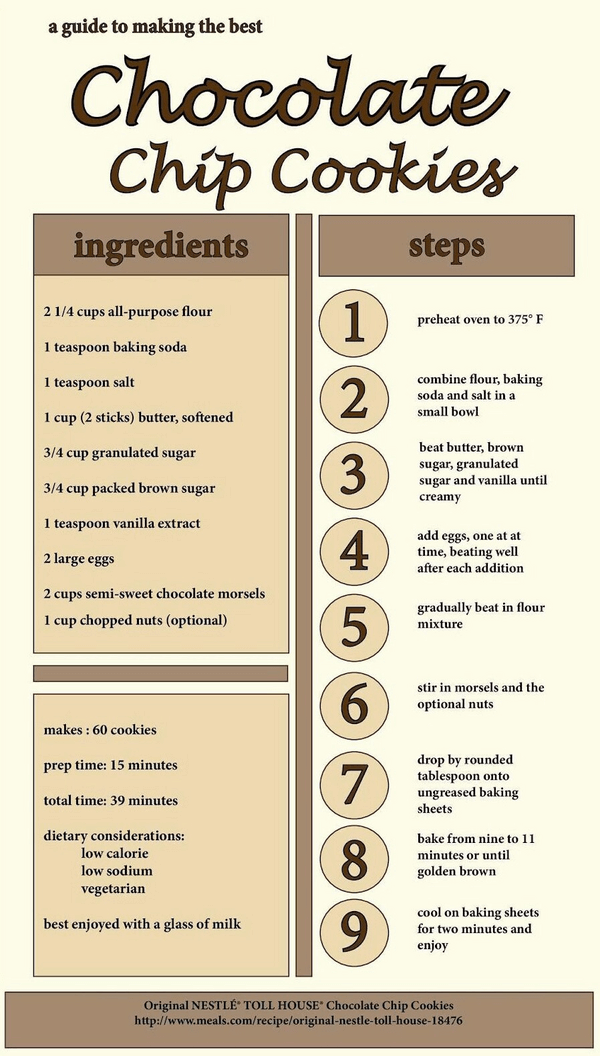Content Modeling for Technical Writing: Definition, Importance, Creating
 ClickHelp Teamin Technical Communication on 3/2/2022 — 7 minute read
ClickHelp Teamin Technical Communication on 3/2/2022 — 7 minute read ClickHelp Teamin Technical Communication on 3/2/2022 — 7 minute read
ClickHelp Teamin Technical Communication on 3/2/2022 — 7 minute read

Have you ever faced a situation when you cannot find the text you need and, what’s more important, the text you have authored yourself? Or, when you cannot localize a news story, you posted some time ago on your website? This often happens when you have to work with large amounts of text like company documents or website content, that is, information that needs to be aligned and updated on a daily basis. Such content is likely to grow, and, in this case, something is sure to get lost. To avoid this in your company, you have to think about introducing content modeling.
A content model is a taxonomy of different types of content used for a project, no matter what it is: a product website or a documents archive. It usually contains detailed information of content type elements and their relationships. Establishing connections will help you and the users of your product find the right way in the document base.
However, it is not only about making your information look well-structured and orderly. Another advantage is that it helps collaboration between different professional groups like developers, designers, and copywriters. All the elements can be visualized (in the form of spreadsheets, charts, diagrams, or any other) so that developers can see it in a simple format and adjust it to fit their needs. For example, your website content model might look like a tree chart where the trunk represents the main topic and the branches – all the relevant facts and issues. If some text is no longer relevant or useful, the branch can be cut off.
Marketers and SEO specialists will find it still more useful. For them, the interconnections between the components are a helpful content modeling tool aimed at encouraging the visitors to investigate the issues they are interested in by clicking the right links. This will increase the average amount of time spent on your domain. This is an important factor as it shows the involvement of visitors. In the long run, this will improve your ranking in search engines.
The process suggests creating a taxonomy of all content types used and establishing relationships between them. These can be all kinds of relations: hierarchical, parallel, one-way relationships, interrelations, etc. They will help the frontend users of your project see it the way you want them to see it.
As in the image below, the model of your product (let it be something simple like cookies, a salad, or beef stroganoff) will include such blocks as ingredients and steps. We can also include the appliance(s) used, the information about the chef, etc. The image is usually called a content map as it is a visualized form of the model.
For the purpose of illustration, the mentioned components are sufficient. Such a high-level visualization will help all the stakeholders (developers, designers, SEO specialists, and copywriters) to get an overview of the product. However, the image below represents the model in a detailed form where each element has a set of content attributes.

This image can serve as a content creation model as well. For instance, it can apply not only to cookies but to a cake and whatnot. This is content reuse in action, which can save a great deal of time for your business. Your specialists will no longer have to invent a separate chart for each product individually but will be able to copy it as a whole or at least some of its fields.
The content model example shows the relations between some of the components. For example, the choice of the ingredients determines the selection of the appliances used in the process of cooking, while the choice of appliances depends on the personal taste and experience of the chef. More elements can be added: showing the dependence of preparation time on appliance specifications, the choice of ingredients on nutrition parameters, etc.
Similar relations can be established within a document, a set of documents, or a whole archive of a company. In this case, the relations between the elements (terms, definitions, shortenings, abbreviations, etc.) will be represented as indexes or internal links, which are helpful for information search. Besides, they can boost the total time the visitors spend on the site and, as a result, optimize your position in the search engine output.
The image above looks similar to information architecture (IA), and, yes, these two concepts have very much in common. Still, they are not the same.
IA has to deal with structure. In the case of a website, structuring is partly reflected in page names (Home, About, News, Contact, etc.) and page-level content arrangement. It concerns informational hierarchy. The main goal is the convenience of the users, who will appreciate it if they can navigate through the site easily or even intuitively.
A content model refers more to marketing than IT. It is closely related to the work of a content strategist and is aimed at content updating (increasing publishing frequency) and distribution (with the view of engaging more visitors).
Putting it differently, while IA concerns navigating through the site, content modeling is about making your information up-to-date, relevant for users, and visible for search engines.
Search is undoubtedly the first benefit. It is especially relevant for large organizations where employees often have to deal with a great number of documents. In this case, a search for information can look like this: for instance, while writing a new document, you remember that you already have the text fragment you want to insert right here, after the word ‘taxonomy,’ in some other file you wrote last year. You start looking for this one-year-old text with the definition of taxonomy and realize that you know neither the date nor the title. It would not happen if the word ‘taxonomy’ was indexed, and you could click on it and go right to the definition and all cases of its use throughout all the document history of the company.
The same applies to internet pages. Especially, it concerns sites where information is being updated quite frequently. Sometimes, to find a story in a blog, you have to scroll down and down until you lose patience and stop still without having the right story.
The next thing is text reuse. It is especially relevant for copywriters who have to comply with SEO requirements. Important text fragments often have to be repeated so that internal links can be created. On the one hand, these repetitions and cross-linking form the right image of your product in the eyes of the target audience by emphasizing the most important aspects. On the other hand, they help to push your site up in the search output.
One more benefit is updating. Imagine that you have about 100 documents, all starting with a cover sheet with the same title block. One day, your compliance control specialist tells you that the title block has to be readjusted. If there were no content modeling, you would have to adjust each document separately. In this case, there is always a risk of the human factor: one or two out of 100 documents might be slightly different from the rest due to a misprint or mistake. In the case of content modeling, the risk of mistakes will be eliminated as all the elements will be adjusted according to the same model. This feature is called structured authoring and can be very helpful in your business.
Single-sourcing is relevant whenever there is a team of writers working on your content. Each writer taken individually might have their own vision of how the content should look. This is the strength and the weakness creative thinking has given to humans. We can modify content in any way we wish, but when there is too much content, we cannot align it. For this, we need artificial thinking and content modeling. It will ensure single-sourcing and unified formatting.

The following steps will be helpful in creating your content ecosystem:
Finally, you will have a finely-tuned ecosystem that will be front- and backend-friendly and visible for the search engines.
All SEO strategies are aimed at placing your product at the top of search results. This requires certain efforts like making the site more dynamic (frequently updated) and interlinking the more content, the better so that the search engine could index more pages for you. Practice shows that these efforts are often spontaneous and not guided by any strategy. As a result, a website grows by almost random piling of more and more texts. It just increases the number of symbols without making them work. Content modeling will make content work efficiently and bring profit to your business.
Good luck with your technical writing!
ClickHelp Team
Author, host and deliver documentation across platforms and devices
Get monthly digest on technical writing, UX and web design, overviews of useful free resources and much more.
"*" indicates required fields